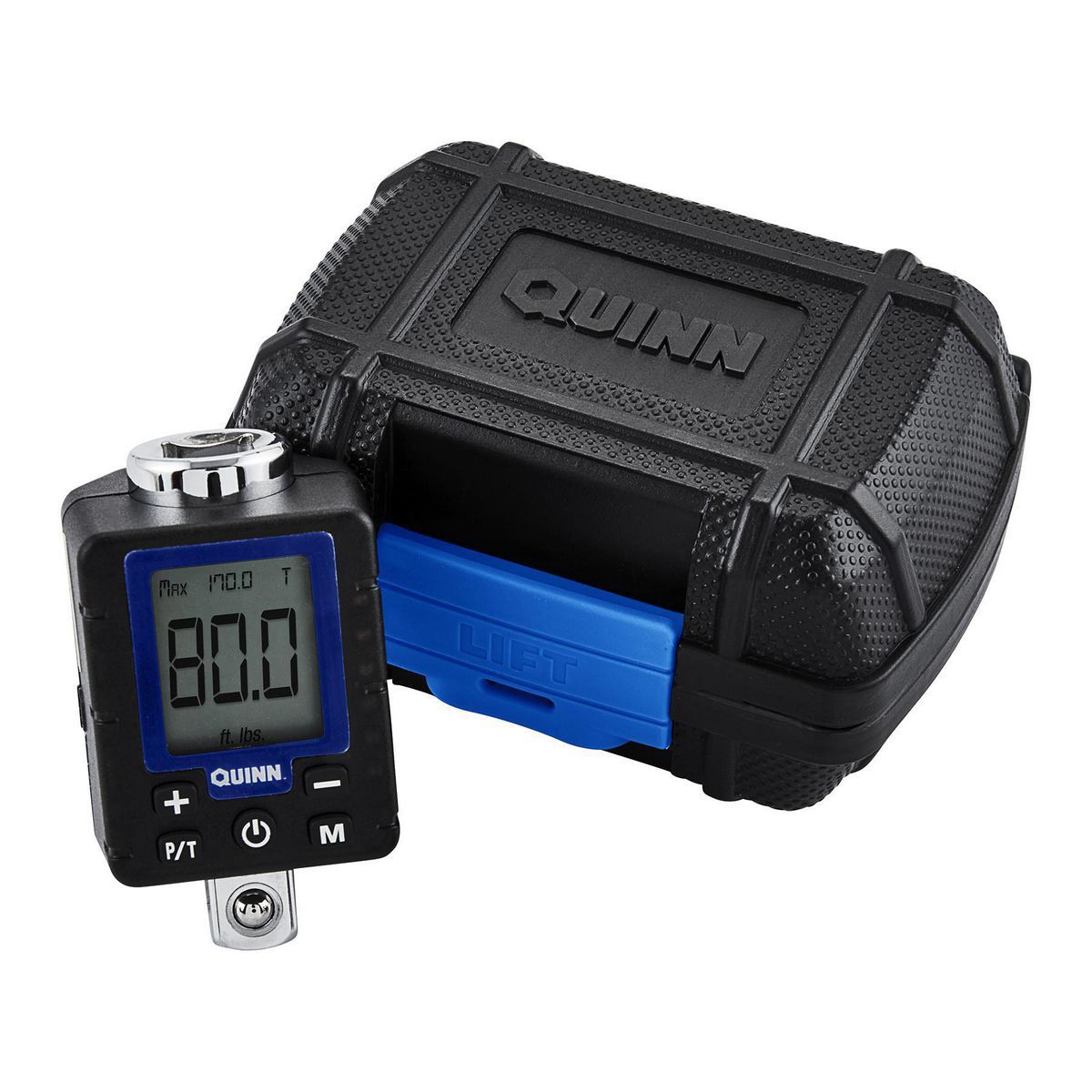When it comes to tools, few names spark as much conversation as Harbor Freight. Known for their vast selection of equipment at often unbeatable prices, they have become a go-to for DIY enthusiasts and professional tradespeople alike. But a nagging question lurks in the back of many shoppers’ minds: Are Harbor Freight tools made in China? This query is not just a casual musing; it raises implications about quality, value, and national pride. So, let’s delve into this topic and unravel the intricate web of manufacturing origins.
The question itself is layered. On one hand, knowing the origin of a product can influence your purchasing decisions. On the other, it can lead you down a rabbit hole of assumptions and stereotypes. Before we jump into the answer, it’s vital to set the stage by understanding the overall landscape of tool manufacturing.
Historically, manufacturing has shifted dramatically across the globe. In the 20th century, the U.S. was a bastion of industrial power, producing tools that were synonymous with rugged durability. Fast forward to today, and the picture has evolved. Countries like China, Taiwan, and India have emerged as significant players, offering a multitude of products at a fraction of the cost. This shift raises an intriguing challenge: Has quality been sacrificed on the altar of affordability?
To tackle the question of whether Harbor Freight tools are primarily made in China, one must consider the company’s sourcing strategy. Harbor Freight imports a significant portion of its tools from various manufacturers worldwide, including many based in China. This is not merely a result of seeking lower labor costs; it also reflects the global nature of manufacturing today. Many products are designed in the U.S. and manufactured abroad due to the efficiencies that international production can offer.
But let’s not paint a broad brush over all Chinese manufacturing. It’s essential to recognize that a product’s origin does not automatically dictate its quality. Indeed, many reputable brands have manufacturing facilities in China that operate with rigorous quality control standards. This dichotomy presents another great challenge: discerning which tools provide value for your investment amid a crowded marketplace.
What’s more, Harbor Freight’s commitment to affordability does not preclude them from delivering reasonably reliable tools. Anecdotal evidence from users often illustrates a spectrum of experiences. Some DIYers swear by their Harbor Freight tools, citing them as superb for light to medium tasks, while others employ them as backup options for more demanding projects. Is reliability a trade-off for cost, or can you have the best of both worlds?
In searching for answers, we must also consider Harbor Freight’s warranty offerings, which can provide insight into the company’s confidence in its products. Many tools come with a lifetime warranty, allowing customers to purchase with peace of mind. This leads us to ponder another fundamental question: Does the promise of a warranty reflect an assurance of quality, or is it merely a marketing tactic designed to assuage buyer anxiety?
Quality and affordability are two sides of the same coin. When it comes to Harbor Freight, each product line can vary significantly in terms of performance. The manufacturer’s reputation plays a crucial part in this complexity. Brands that produce tools for Harbor Freight can often range from reputable to middling in terms of their own quality assurances, leading to further ambiguity in the mind of consumers. Now, how can one navigate this landscape effectively?
Research becomes essential. Online forums, customer reviews, and tool testing platforms can serve as invaluable resources. By engaging with the community—both brick-and-mortar enthusiasts and online aficionados—surrounding Harbor Freight tools, you can gain insights that may not be readily apparent in the stark lighting of retail environments. However, this leads to yet another question: Are personal recommendations more reliable than professional reviews, or do biases distort the perceived value of recommendations?
As we ponder these questions, consider the role that Harbor Freight plays in democratizing access to tools. By providing budget-conscious options, they empower a generation of makers, builders, and hobbyists—regardless of financial capacity. In essence, are they not channeling the spirit of craftsmanship while making it accessible to all? Indeed, there is an intrinsic merit in encouraging individuals to get their hands dirty, whether they are using the latest trade tools or more economical alternatives.
As uninhibited as the tool market might seem, the challenges abound. Are these tools reliable enough for your specific needs? How long will they last compared to their more expensive counterparts? Above all, does the provenance matter if the tool performs adequately? The beautiful paradox rests in the reality that your choice of tool could depend far less on where it was made and far more on how you intend to use it.
So, are Harbor Freight tools made in China? Yes, many are. But that should not overshadow the broader discourse about value, reliability, and accessibility. Rather than fixating on a geographical origin, consider the tool’s performance, warranties, and the array of community feedback. In the end, the question may not be where your tools are made, but how well they serve you in your own projects.
